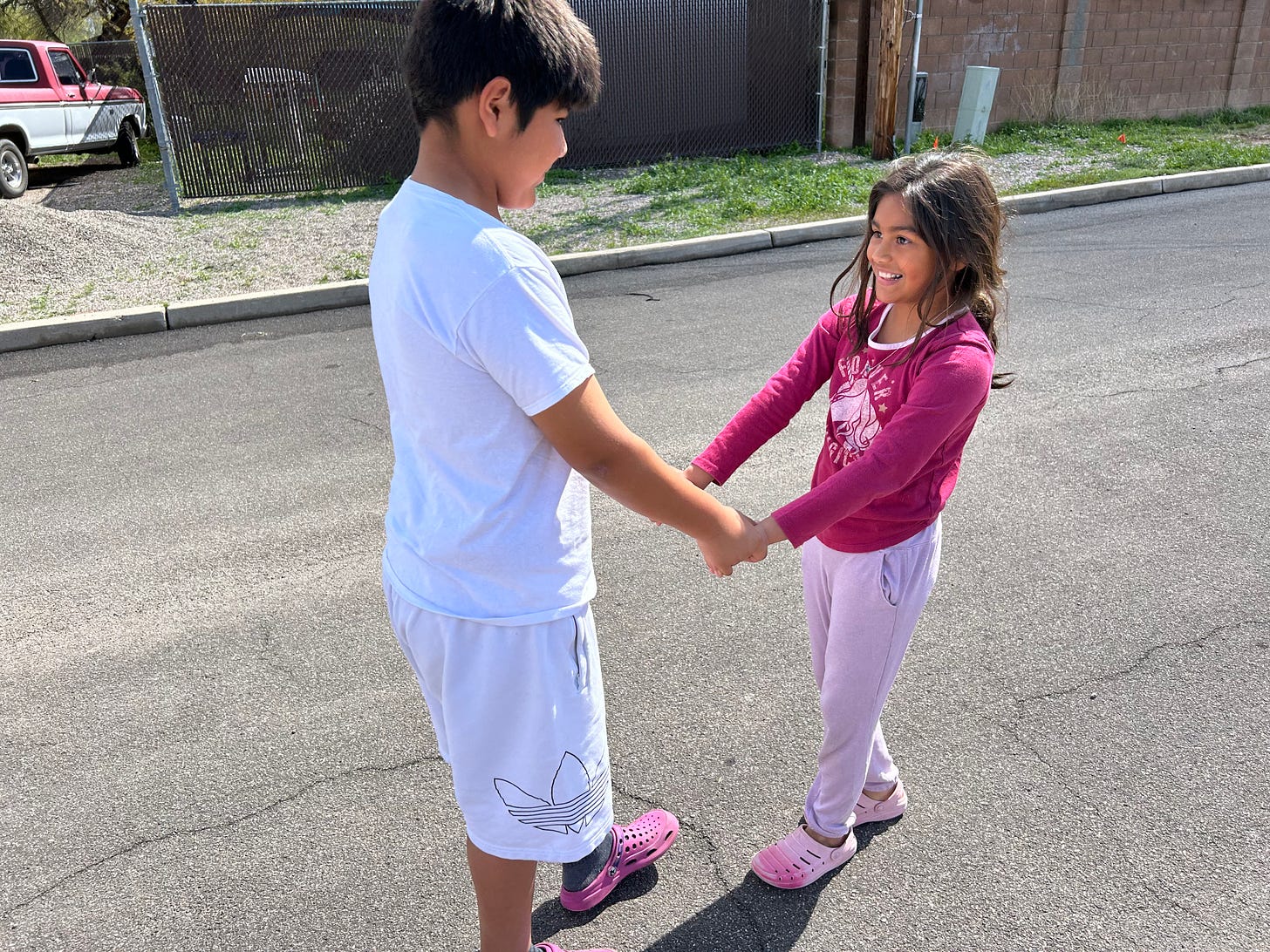I first discovered walking backwards while perfecting my ‘moonwalk’ in the 80’s. My favorite place to practice is at the mall before the stores open. The aisles are wide and clear, and the floor squares help one stay straight. Until now, I’ve never had an issue, but these are strange times. This morning, a security guard with a bulletproof vest and holstered gun stopped me, saying that someone found me ‘suspicious.’ Headline? “Gray-haired gal caught walking backwards in local mall.”
When retro-walking first appeared during the early 19th century, people did it on a dare or a bet. Nowadays it’s an actual technique used in physiotherapy to relieve back pain, knee problems and arthritis. Studies suggest that it positively affects our cognitive abilities such as memory, reaction time and problem-solving. Researchers in the US and Europe are currently testing it to see if it improves sports performance. For the diet-conscious, it burns more calories than walking forward!
Dr. Janet Duf…
Keep reading with a 7-day free trial
Subscribe to Do Not Go Gentle to keep reading this post and get 7 days of free access to the full post archives.


